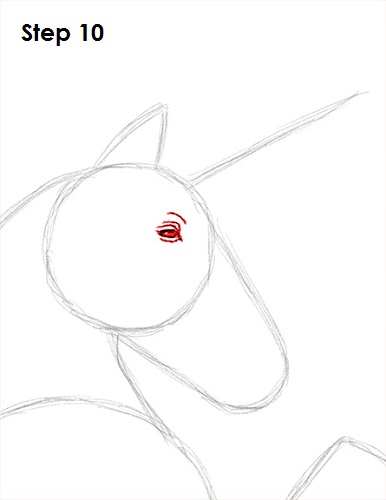
On a trip through Virginia a few years ago, I picked up a newspaper in the historic town of Appomattox and noticed on the sports page that the teams of Appomattox High School call themselves "The Generals." I bet when they lose, the sportswriters of the towns of the rival team can't help but begin with a lede like this: "The Appomattox Generals surrendered again Wednesday to the Jubreau Devil's crushing linesmen...."
Team names are funny things. The Appomattox High School's choice of name seems easy (at least in retrospect) to anyone with even a passing knowledge of US history. Other team names come to seem obsolete with the passage of time, or offensive, or become grandfathered in past our moral sense so that they aren't outrageous only because they've been around for a long time.
My Junior High School's teams were named the "Chargers." What image (if any) comes to your mind when you hear that? A shopper pulling a credit card out of a wallet? Pickett's men lining up on the third day at Gettysburg? Or (more likely) some sort of animal? If the latter: what sort? Personally, I think of a bull heading toward a matador, but that would likely not have made a fitting mascot, even if there were a team in the area named The Matadors. (Especially then.)
After the name had been in place for several years, the administration decided to create a art contest so some student would have had the honor of drawing the mascot that would go with this name. The winning beast turned out to be ... a unicorn.
Really? We were supposed to imagine a charging unicorn?
The unicorn portrayed in the winning design wasn't charging. It was rearing.
Are you wondering about the 'art' at the top of this post? I couldn't find any online depiction of the 'Big K' Charger. It was born and died (as the demographics of the town changed) in the days before the internet. Nor could I find a unicorn that was actually charging. But I found a website that will instruct you on how to draw your own rearing unicorn. You see one of the steps from those instructions above.
Comments
Post a Comment